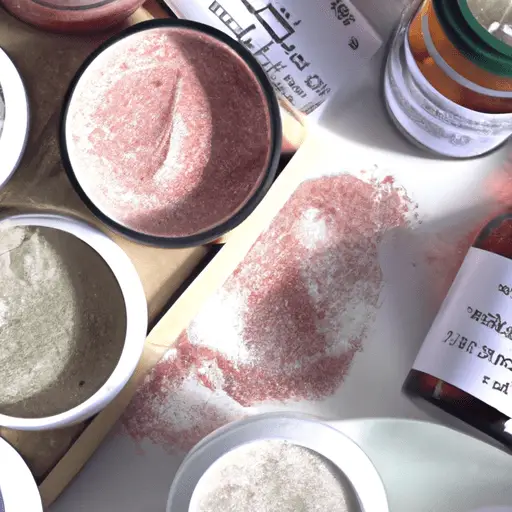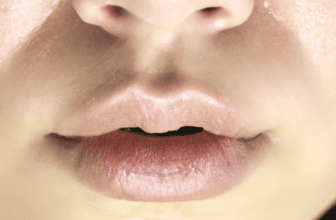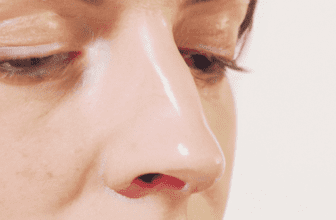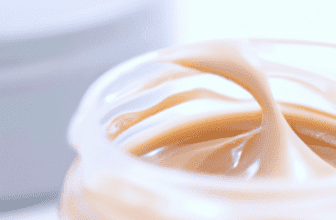Different types of exfoliants and how to use them in your skincare routine
-
Table of Contents
- Different Types of Exfoliants and How to Use Them in Your Skincare Routine
- Key Takeaways
- Introduction: The Importance of Exfoliation in Skincare
- Physical Exfoliants: A Hands-On Approach to Skincare
- Chemical Exfoliants: A Deeper Dive into Skincare
- Choosing the Right Exfoliant for Your Skin
- FAQ Section: Exfoliants in Skincare Routine
- Conclusion: The Power of Proper Exfoliation
- Key Takeaways Revisited
Different Types of Exfoliants and How to Use Them in Your Skincare Routine

[youtubomatic_search]
Key Takeaways
- Exfoliation is a crucial part of a skincare routine, helping to remove dead skin cells and promote healthier skin.
- There are two main types of exfoliants: physical and chemical, each with their own benefits and uses.
- Physical exfoliants use small particles to scrub away dead skin cells, while chemical exfoliants use acids or enzymes to dissolve them.
- Choosing the right exfoliant depends on your skin type, sensitivity, and specific skincare needs.
- Proper use of exfoliants can lead to improved skin texture, tone, and overall appearance.
Introduction: The Importance of Exfoliation in Skincare
Exfoliation is a key step in any skincare routine. It involves the removal of the oldest dead skin cells on the skin’s outermost surface, promoting the growth of new, healthier cells underneath. This process can help improve skin texture, tone, and overall appearance. But with so many types of exfoliants available, how do you know which one is right for you?
Physical Exfoliants: A Hands-On Approach to Skincare
Physical exfoliants work by using small particles, granules, or brushes to physically scrub away dead skin cells. Examples include scrubs with sugar or salt crystals, brushes, and microdermabrasion treatments. These types of exfoliants can be effective for most skin types, but they may be too harsh for those with sensitive or acne-prone skin.
Chemical Exfoliants: A Deeper Dive into Skincare
Chemical exfoliants, on the other hand, use acids or enzymes to dissolve dead skin cells. There are two main types: Alpha Hydroxy Acids (AHAs) and Beta Hydroxy Acids (BHAs). AHAs, which include glycolic and lactic acid, are water-soluble and work on the surface of the skin to brighten and even out skin tone. BHAs, such as salicylic acid, are oil-soluble and can penetrate deeper into the pores to remove excess sebum and prevent breakouts.
Choosing the Right Exfoliant for Your Skin
Choosing the right exfoliant depends on your skin type and specific skincare needs. For example, if you have dry or sensitive skin, a gentle AHA like lactic acid might be a good choice. If you have oily or acne-prone skin, a BHA like salicylic acid could be more beneficial. Always remember to patch test a new product before applying it to your entire face, and consult with a dermatologist if you’re unsure.
FAQ Section: Exfoliants in Skincare Routine
- How often should I exfoliate? This depends on your skin type and the type of exfoliant you’re using. In general, it’s recommended to exfoliate 1-3 times per week.
- Can I use both a physical and chemical exfoliant? Yes, but not at the same time. Over-exfoliation can lead to skin irritation and damage.
- What should I do after exfoliating? After exfoliating, it’s important to moisturize to replenish any lost hydration. Also, because exfoliation can make your skin more sensitive to the sun, you should always apply sunscreen during the day.
- Can exfoliation help with acne? Yes, exfoliation can help unclog pores and prevent breakouts. However, it’s important to choose a gentle exfoliant and not to overdo it, as this can irritate the skin and make acne worse.
- What are some signs of over-exfoliation? Signs of over-exfoliation include redness, irritation, dryness, and increased sensitivity. If you notice any of these signs, it’s best to cut back on exfoliation or switch to a gentler product.
Conclusion: The Power of Proper Exfoliation
In conclusion, exfoliation is a powerful tool in any skincare routine. Whether you choose a physical or chemical exfoliant, this process can help remove dead skin cells, improve skin texture and tone, and promote healthier, more radiant skin. However, it’s important to choose the right exfoliant for your skin type and to use it properly to avoid over-exfoliation and skin damage.
Key Takeaways Revisited
- Exfoliation is a key step in any skincare routine, helping to remove dead skin cells and promote healthier skin.
- Physical exfoliants use small particles to scrub away dead skin cells, while chemical exfoliants use acids or enzymes to dissolve them.
- Choosing the right exfoliant depends on your skin type, sensitivity, and specific skincare needs.
- Proper use of exfoliants can lead to improved skin texture, tone, and overall appearance.
- Over-exfoliation can lead to skin irritation and damage, so it’s important to use exfoliants properly and to choose the right one for your skin type.
[youtubomatic_search]





